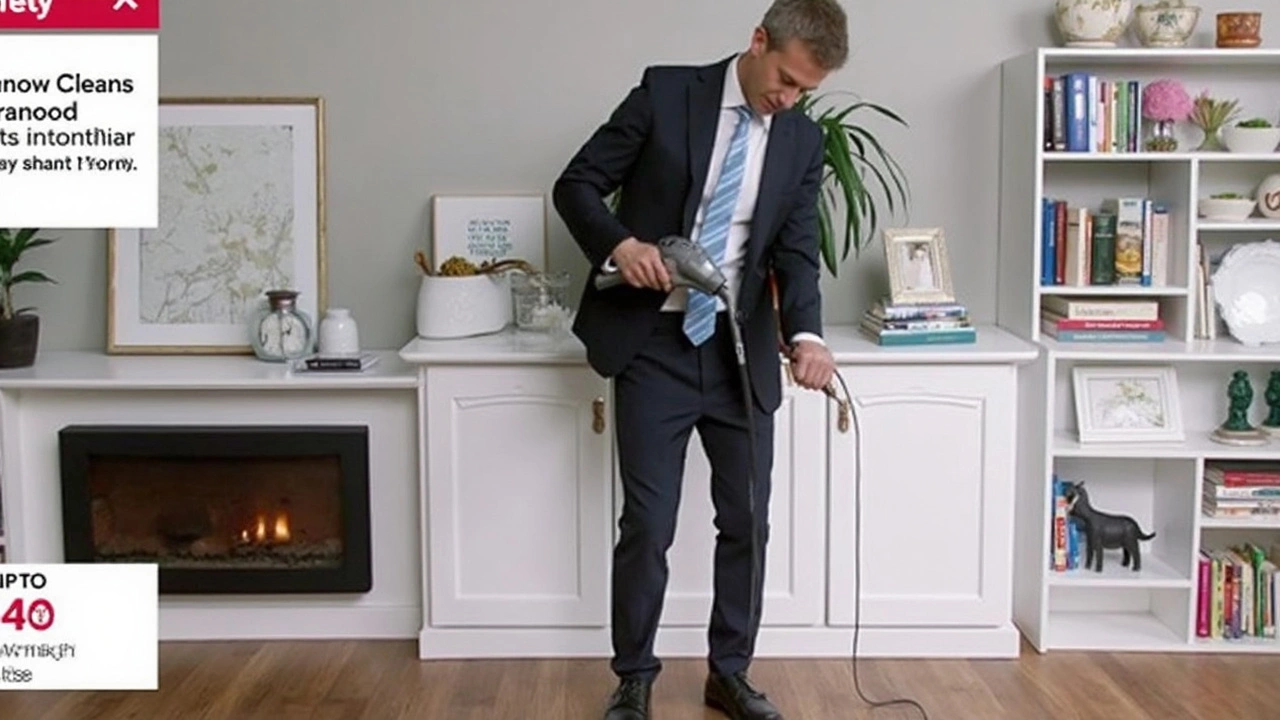Desensitization: Simple Tricks to Calm Nerves and Boost Performance
Ever felt your heart race before a big game? That nervous surge can knock you off your best game, but you don’t have to fight it alone. Desensitization is a proven way to train your mind to handle pressure, and you can start using it today with just a few easy steps.
What Is Desensitization?
In plain terms, desensitization means exposing yourself to a stressful situation over and over until it stops feeling scary. Think of it like building a muscle – the more you practice, the stronger you get. In sports, the "muscle" is your mental resilience. By repeatedly simulating game‑time pressure in practice, you teach your brain that the feeling is normal, not a threat.
There are two main flavors: systematic desensitization and exposure training. Systematic desensitization mixes relaxation with a step‑by‑step “fear ladder.” You start with something mildly stressful, relax, then move up the ladder. Exposure training skips the formal relaxation part and just puts you in the situation more often. Both work, but many coaches prefer the ladder because it feels safer for athletes who are new to mental work.
How to Use Desensitization in Coaching
1. Identify the trigger. Is it the crowd roar, a sudden foul, or the last‑minute shoot‑out? Write it down. Knowing the exact trigger helps you design the right practice drills.
2. Create a fear ladder. List scenarios from "least stressful" to "most stressful." For a basketball player, the ladder could start with free throws in an empty gym, then add a few teammates watching, then a loud soundtrack, and finally a full‑court game with a buzzing crowd.
3. Combine with relaxation. Teach athletes a quick breathing technique – 4‑2‑4 (inhale 4 seconds, hold 2, exhale 4) – and have them use it before each ladder step. The breath cue tells the brain, "Okay, I’m safe, let’s try this."
4. Repeat, repeat, repeat. Consistency is key. Schedule short desensitization drills twice a week. Over time, the athlete’s stress response drops, and confidence rises.
5. Track progress. Use a simple rating scale (1‑10) after each drill. When the score drops, you know the method works. Celebrate small wins – they reinforce the habit.
6. Bring it to game day. On match day, remind players of the ladder steps they’ve mastered. A quick “remember the loud crowd drill?” cue can snap them back to a calm state.
Coaches often wonder if this takes too much time. The answer: you can fit a 5‑minute desensitization warm‑up into any practice. It’s a tiny investment for a huge payoff when the pressure spikes.
Another tip is to pair desensitization with visualization. Have athletes picture the stressful scene while staying relaxed. The brain processes the imagined stress the same way it does real stress, so the combo speeds up the adaptation.
Finally, keep the vibe positive. Desensitization isn’t about “toughening up” in a harsh way; it’s about giving athletes tools to stay calm, focused, and enjoy the game. When they see improvement, they’ll trust the process and be eager to try new mental tricks.
Give these steps a shot this week. You’ll notice calmer nerves, sharper focus, and a team that’s ready for the big moments – all without a fancy degree in psychology. Desensitization works because it’s simple, repeatable, and backed by real‑world results. Start small, stay consistent, and watch performance lift.
Kieran Lockhart, Apr, 4 2025
How to Handle Pet Anxiety and Master Vacuuming Techniques
Dealing with pets freaked out by vacuuming? Learn expert tips for managing anxiety and vacuuming like a pro. Discover how to use desensitization with treats, create safe spaces for pets, and avoid common vacuuming mistakes. These strategies promote harmony and cleanliness in your home.
View More




